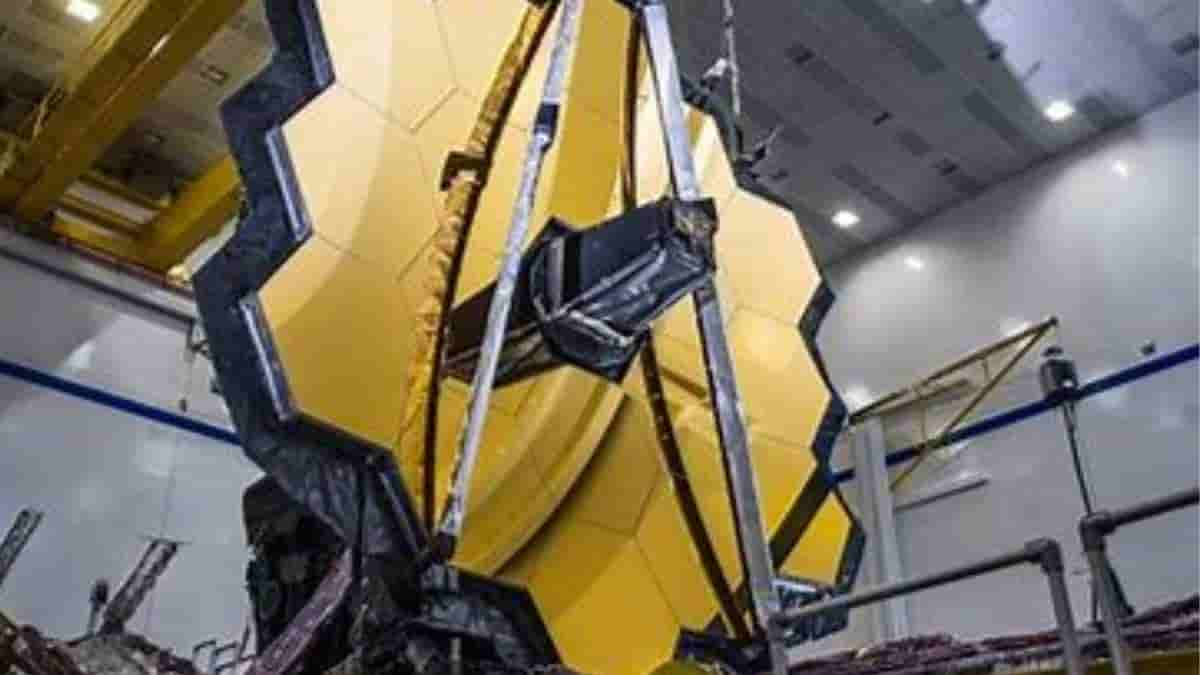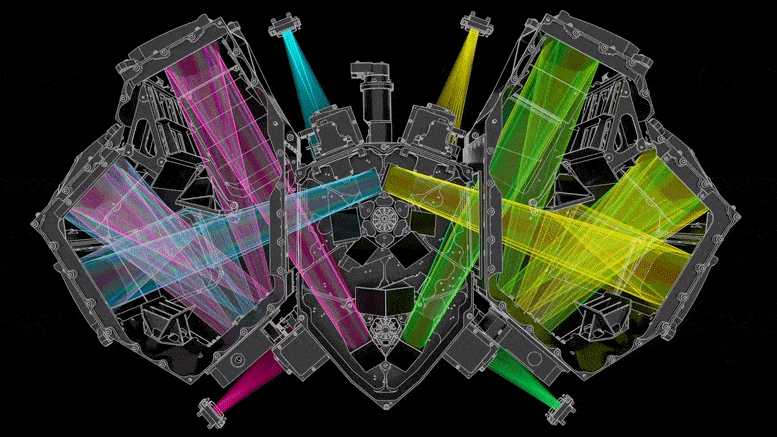A problem in James Webb Space Telescope has been brought under the notice of Webb team

The James Webb Space Telescope (JWST) is a telescope that was primarily developed for infrared astronomy. Due to its remarkable infrared resolution and sensitivity, it can investigate objects that are too early, far away, or dark for the Hubble Orbit Telescope, the largest optical telescope in orbit.
Recently, a problem had been detected on the James Webb Space Telescope.

The pick-off mirror, which is located at the top of the instrument and serves as a periscope, is shown entering the instrument in a deep blue light beam from the telescope.
A group of mirrors then redirect the light such that it shines on a group of four spectroscopic modules at the bottom of the apparatus. When the light beam arrives, optical elements called dichroic divide it into 4 beams, each of which corresponds to a different region of the mid-infrared spectrum.
The elements of the integral field unit of each beam separate and reformat the light from the whole field of view, preparing it for spectral dispersion. Due to the numerous folds, bounces, and splits required, the light route shown in this example is one of Webb’s most complicated.
To finish this amazing voyage, gratings scatter the light from each beam. The resulting spectra are then projected onto two MIRI detectors (2 beams per detector).
There are four observational modes for the Mid-Infrared Instrument (MIRI) on the James Webb Space Telescope. On August 24, while preparing for scientific observation, a system known as medium-resolution spectroscopy (MRS), which supports one of these modes, displayed what appeared to be increased friction. When using the MRS mode to conduct observations, astronomers can transition between shorter, medium, and longer wavelengths using the grating wheel mechanism. To decide the appropriate course of action following preliminary medical examinations and investigations into the issue, an anomaly review board was constituted on September 6.
The Webb team has stopped scheduling observations using this particular observing mode as they continue to research its behavior. Plans are also underway to restart MRS observations as soon as possible. The observatory is in good shape, and MIRI’s three extra observation modes—imaging, low-resolution spectroscopy, and coronagraphy—are all regularly operating and are still available for research.


